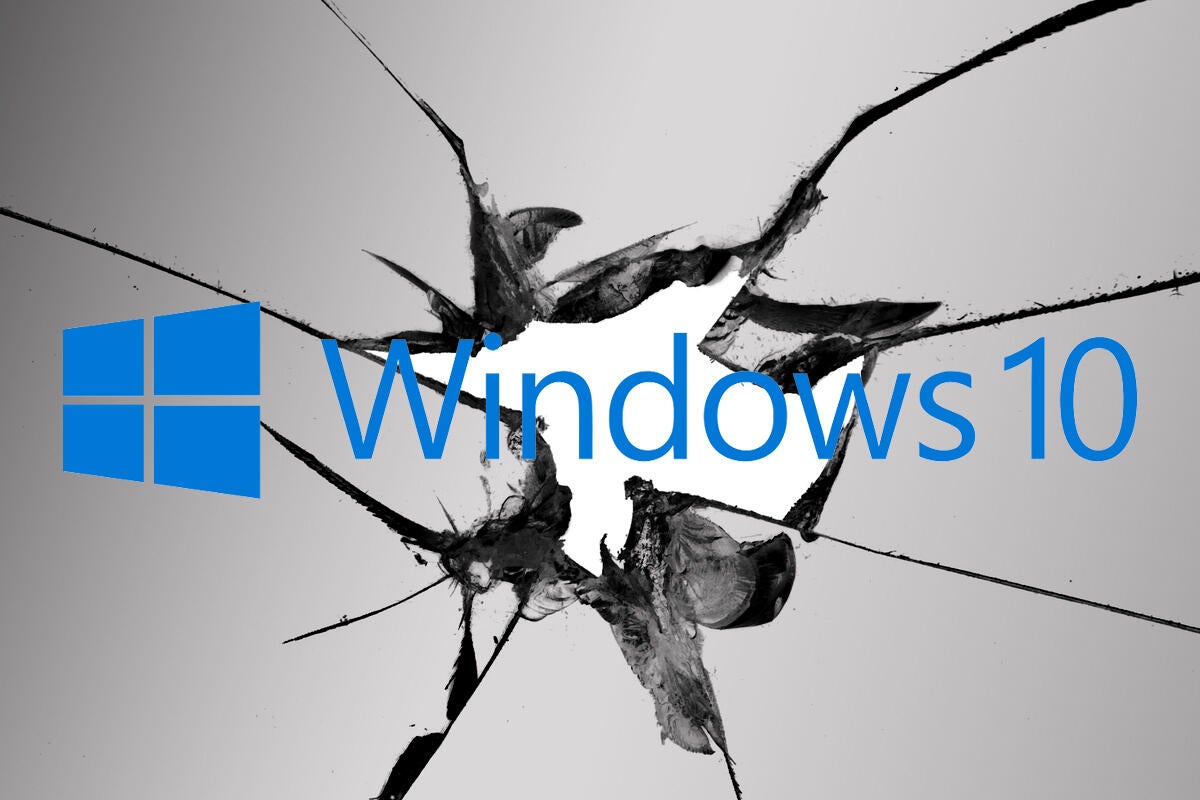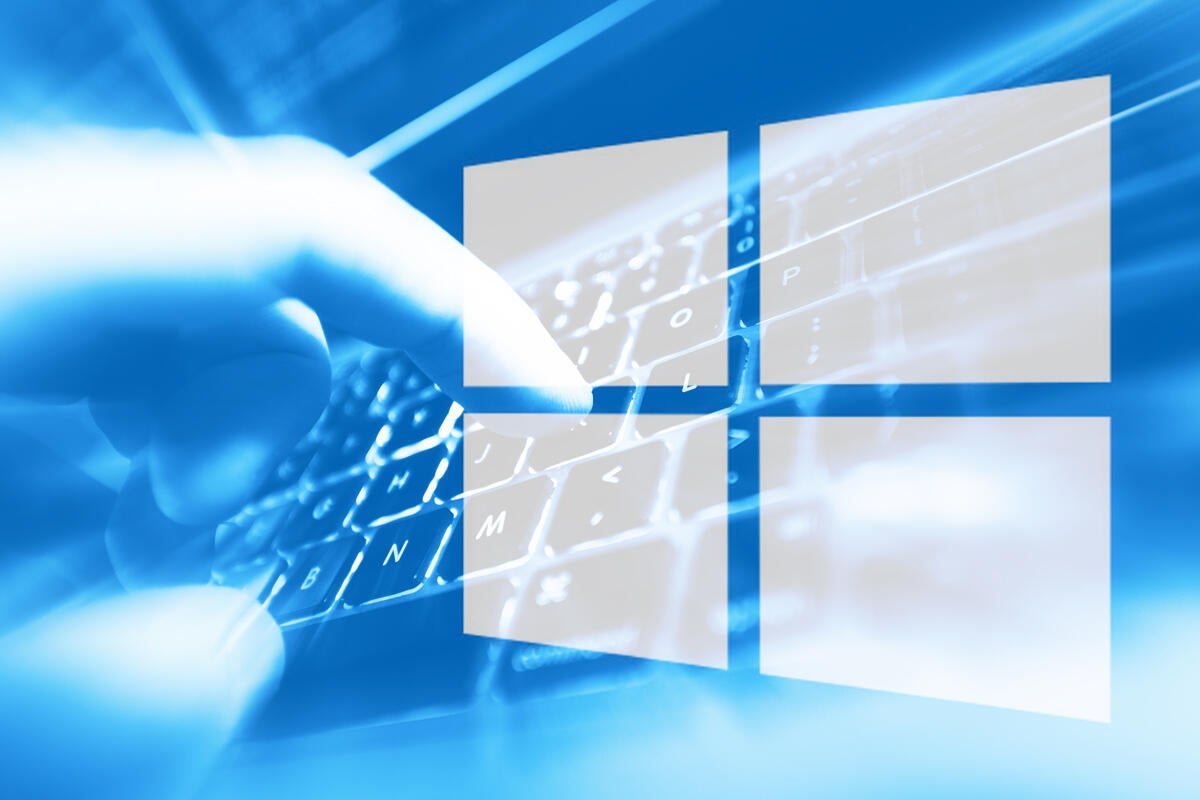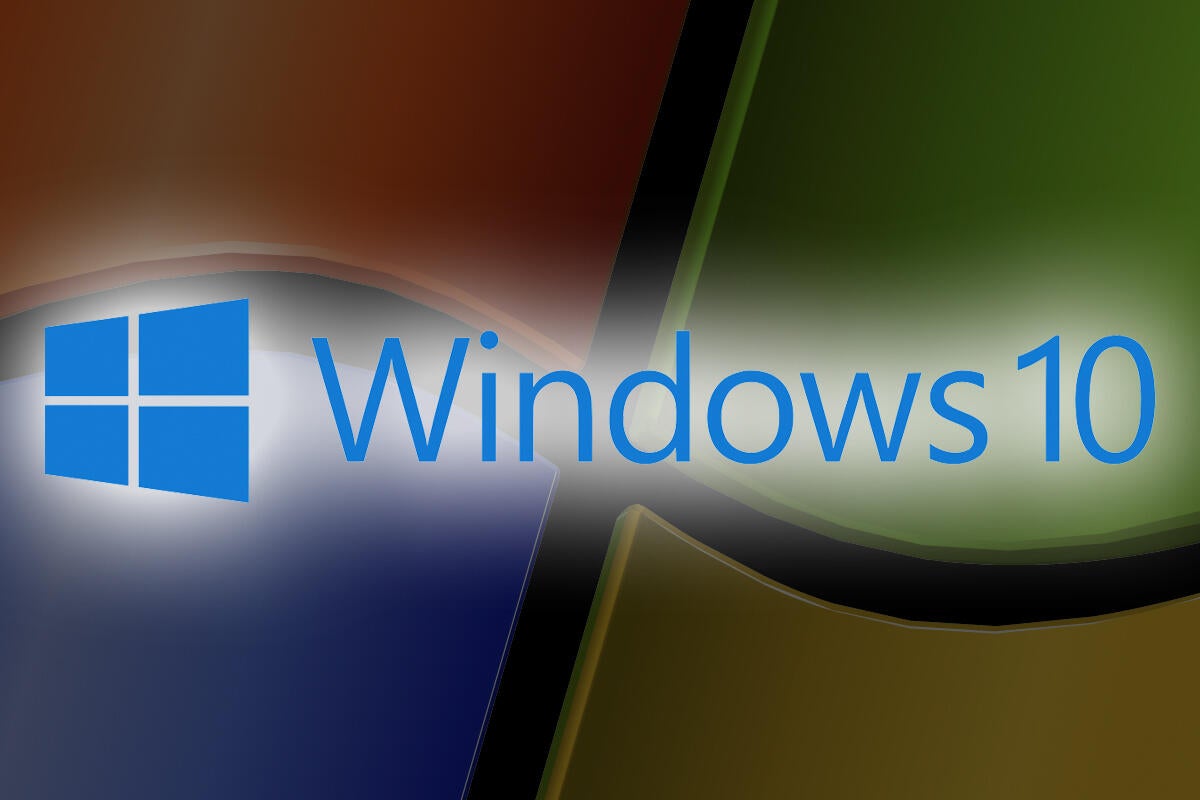Microsoft releases emergency IE patches inside 'optional, non-security' cumulative updates
![]()
Credit to Author: Woody Leonhard| Date: Tue, 24 Sep 2019 12:13:00 -0700
I’ve seen a lot of confusion about the security hole known as CVE-2019-1367 and what normal Windows customers should do about it. Part of the reason for the confusion is the way the fix was distributed – the patching files were released on Monday, Sept. 23, but only via manual download from the Microsoft Update Catalog.
On a Monday.
In the past few hours, Microsoft released a hodge-podge of patches that seem to tackle the problem. They’re “optional non-security” and “Monthly Rollup preview” patches, so you won’t get them unless you specifically go looking for them.






